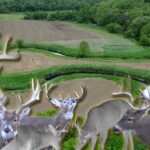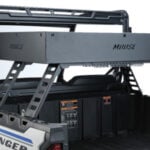Depending on what part of the country you live in, opportunities to bowhunt velvet bucks are right around the corner. States with early archery openers, or specific velvet hunts, will crank up late August and early September. States like Kentucky, South Carolina, North Dakota, Montana, Wyoming, Tennessee and Mississippi have hunting seasons that fall within range of the opportunity for a velvet buck. Now is the time to make plans and prepare for what could be your greatest trophy of the season.
But how do you go about hunting these “summer bucks?” What is the method to all the velvet buck madness? Read on for a look at how to kill a velvet buck this season.
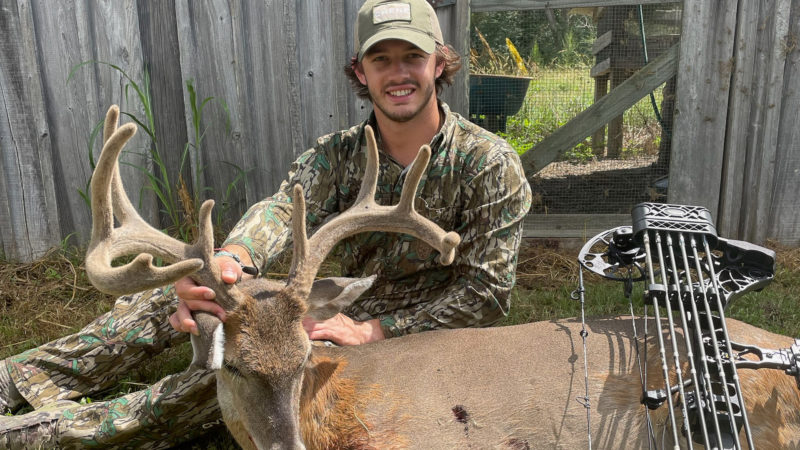
Drive The Roads
The first step in killing a velvet buck is to find a buck worthy of your tag. And for most bowhunters participating in these hunts, not just any buck will do. This is a hunt for a unique trophy. Yes, we’ll enjoy the bounty of meat that comes with it, but the focus for most velvet hunts is to kill a specific buck in a very unique phase of its life.
There are several ways of locating a prospective buck for your velvet hunt. The first (and easiest) is to drive the backroads and take inventory of what’s out there. Don’t limit yourself to the property you currently have permission on. Find the biggest buck on the block and then you begin the process of securing access and permission. Now is the time to hit the roads in the last 30-45 minutes of daylight with a pair of binos close by. This will give you a better idea of what bucks are hanging out in the local bean fields.
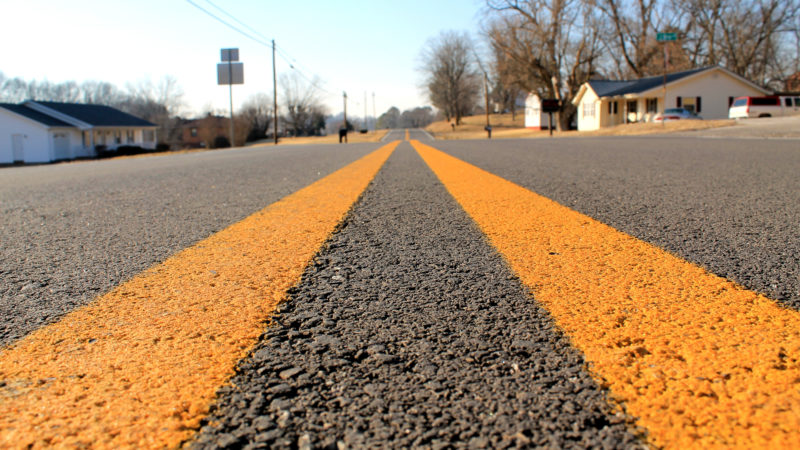
Talk To The Locals
Overcoming the fear of knocking on doors for permission is a monstrous step in gaining access to more ground this season. Finding bucks while driving along the backroads will only be of benefit if you can close the deal when you seek permission from these local landowners. Get a smooth pitch in place, and boldly walk to the door for the ask. It’s a big step, but the rewards can be even bigger.
Talking to the locals is also a great move in gathering intel on the whereabouts of local bucks. Farmers, landowners, and delivery drivers can all deliver priceless info on the bucks they see on a daily basis.
Gather Intel With Trail Cams
Once you’ve narrowed down your search to a particularly piece of property, trail cams can provide some of the most useful information and detail regarding the bucks you plan to pursue. Get your cameras out, and avoid the urge to make frequent visits to check SD cards.
Checking your trail cameras too often can easily blow the deal on the bucks in your area. Do everything you can to minimize human odor. Cell cams are your best bet here, allowing you to put them out and stay out of the area.
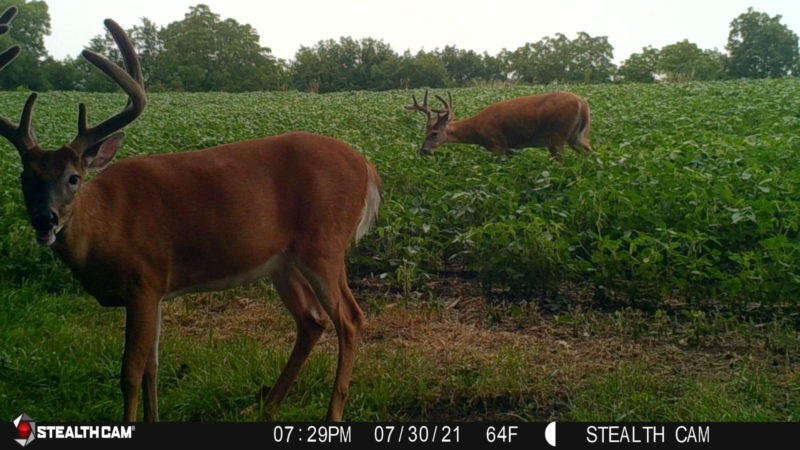
Spend Time Behind The Glass
One of the best, low impact, scouting moves you can make is to scout from a distance with your optics. Binos and a spotter are worth their weight in gold here, allowing you to scout from a safe distance away to avoid spooking deer from their daily patterns.

You can even document bucks in the herd easier than ever these days with digiscoping tools like the all-new Magview bino or spotting scope adapter for your smartphone. This makes for an easy reference of the bucks you have on your property and a fun way to share the action with your hunting buddy, family, and friends.
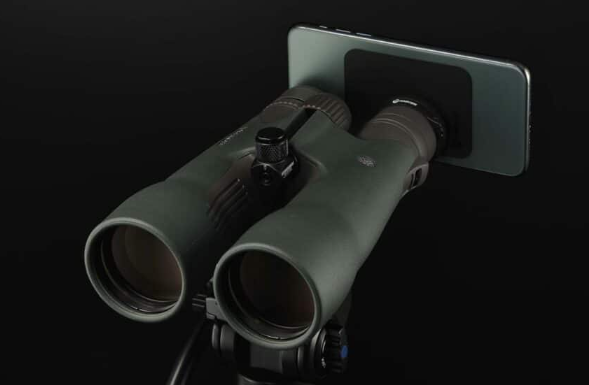
Target Trails, Entries & Exits
If you arrive to the farm early enough in the evening, long distance scouting with optics can clue you in on where deer are entering and exiting the field. Spend a few afternoons with your eyes on the same field and you’ll likely notice a normal routine the deer seem to prefer.
Locating entry and exit trails is a huge advantage when it comes to narrowing down your stand location. A well-placed stand along these travel routes can result in the opportunity to notch your tag on a velvet buck on day 1 of the season.
Don't Bust Their Pattern
As mentioned above, it’s critical that you minimize as much human pressure and odor as possible in the area you plan to hunt. Deer will stay on their summer feed patterns, with a routine you can nearly set your watch to in the early days. That is, until they feel the pressure.
The first sight or smell of a hunter, and their pattern will quickly change. The chess match will begin. It’ll seem like the places they once showed up every afternoon have run dry. Once you bust their pattern, they begin the incredibly frustrating game of cat-n-mouse. They’ll show up to the field edge in a different place nearly every time now. Do whatever it takes to ensure you don’t bust their pattern.
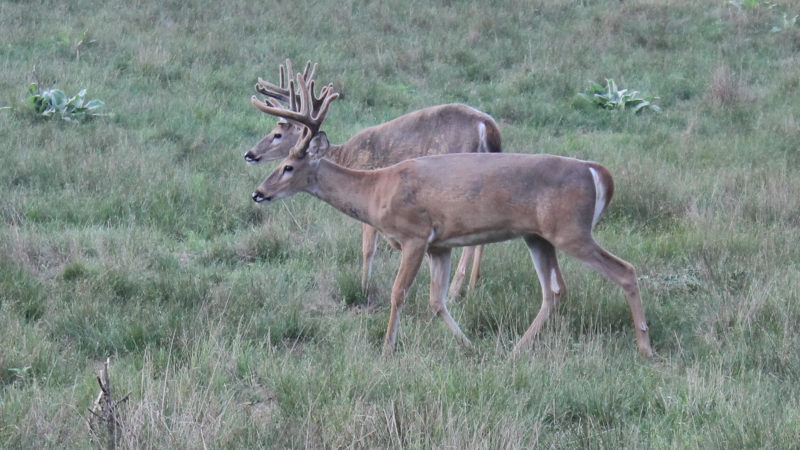
How to Handle Your Velvet Buck After the Shot
- Wear gloves and a long-sleeve shirt when handling, gutting, and photographing your deer. The ticks can be awful at this time of year and will quickly transition from the deer’s body and antlers to the hunter.
- Hold buck by neck, not antlers, for photos (velvet peels off very easily at this time)
- Wrap velvet antlers in bubble wrap and secure with tape or zip ties to protect velvet for transport.
- Go overboard with care of velvet antlers. Minimal contact is a must.
- Get velvet antlers in the freezer as quick as you can.
- Have a plan for the taxidermist. Not every taxidermist will handle a velvet buck.
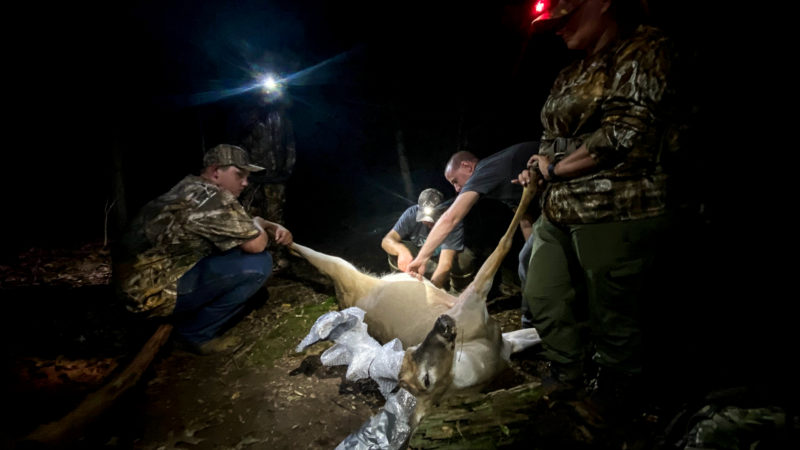
If you’ve got a target buck on regular pattern, a velvet buck hunt can be one of the most exciting ways to kick off the fall hunting season. But it won’t come easy. You’ll fight heat, ticks, snakes, and ‘skeeters, but when it all comes together, it’s well worth the blood, sweat, and tears.
Keep the items mentioned above in mind in the weeks ahead as you put the pieces together to wrap your tag around a velvet buck this season.

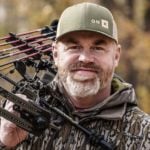 By
By 